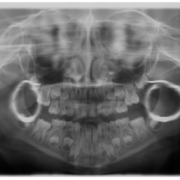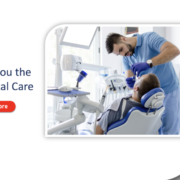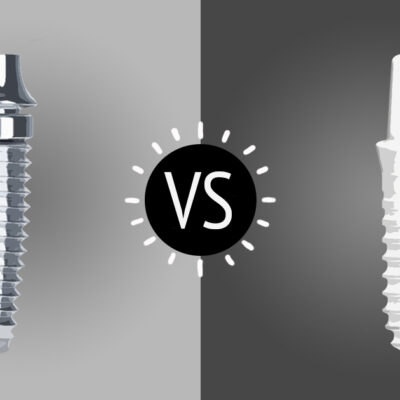Zygomatic dental implants are a type of facial prosthetic that attaches to the cheekbone, also known as the malar bone. These devices come in a wide range of sizes and shapes, and they’re used in a variety of cosmetic enhancement procedures. They’re especially common among people who have undergone nose surgery, or those who may be at risk for developing cancerous tumors on their nose and cheekbones. In general, zygomatic implants can be an effective means of restoring form and function to damaged or deficient areas. However, there are risks involved with any surgical procedure. In this blog post, we’ll discuss how safe these implants are, as well as some potential risks you should be aware of before taking the leap into facial prosthetics.
What are zygomatic implants?
Zygomatic implants are an artificial replacement for the malar bone, which is the bone in your cheek that supports the muscles that surround your eye. The malar bone is often damaged by trauma, infection, or even an inherited condition called osteogenesis imperfecta. Zygomatic implants can also be used to replace parts of the maxilla, the bone that forms the upper jaw, such as the maxillary arch or the maxillary sinuses. Implants can be made from a variety of materials, but they should be biocompatible, durable, and easy to shape and manipulate.
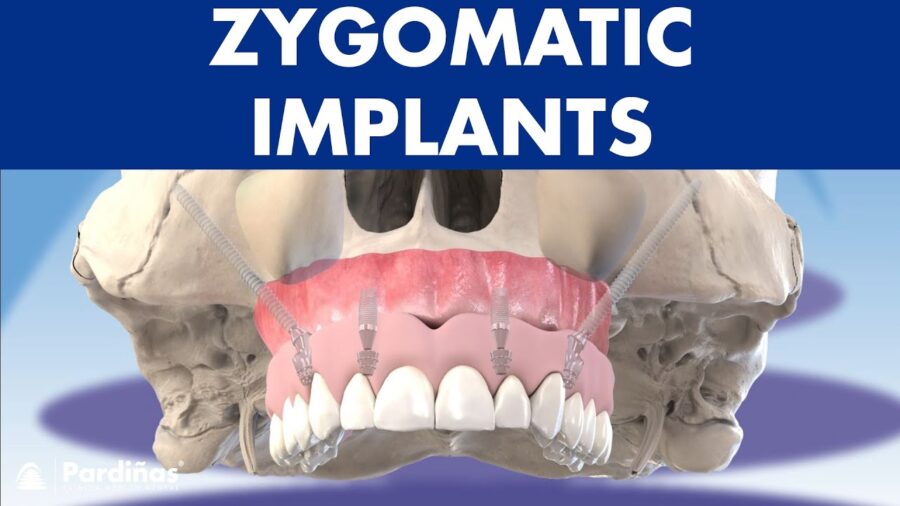
Zygomatic implants are secured in place by soft tissue and bone. They can be placed either inside the bone or outside of it. In the latter case, the implant will be covered with a material like bone morphogenetic protein (BMP) to promote bone growth. Zygomatic implants can also be used in combination with other facial reconstruction techniques, such as facial or orbital prosthetics or cranial-facial prostheses. Dental implants are a popular and highly successful way for patients to replace missing teeth.
Patients who have significant bone loss in their upper jaw, may not have enough bone structure to support dental implants. In some cases, a patient’s bone may have even dissolved under their nose. This can pose difficulties for some who need dental implants to restore their mouth but fortunately, there are safe and effective alternative solutions, such as zygomatic dental implants.
Dr Chirag Chamria
How safe are zygomatic implants?
The safety of any individual surgical procedure will vary from patient to patient, and no two operations are ever exactly alike. In general, though, zygomatic implants can be considered safe and effective. It’s important to note, however, that there are no randomized controlled studies to show that the use of zygomatic implants in the face is safe and effective.
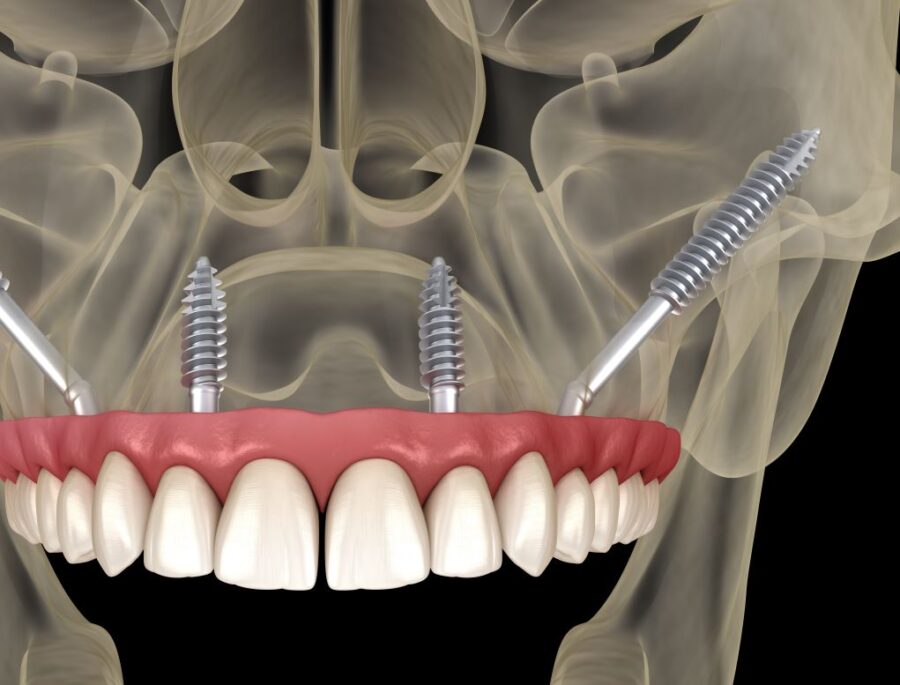
As such, the use of these implants is considered experimental and investigational by the U.S. Food and Drug Administration (FDA). In fact, the FDA has not approved any zygomatic implant devices for use on the face. The risks involved with zygomatic implants are similar to those of other facial surgeries. Infection, bleeding, and blood clots are all risks associated with any invasive procedure, so they’re not exclusive to facial prosthetics.
There are a few potential risks that are specific to zygomatic implants. One risk is that the implanted material may be rejected by your body. Another is that the implant may sustain damage, such as cracking or breaking. That damage could then lead to other complications, such as infection.
What are the risks of zygomatic implants?
The zygomatic implant procedure has a long track record of success. It was first introduced in the United States in 1998 but has been used in Europe since 1988. As with any surgical procedure, there are risks associated with zygomatic implants. Complications from zygomatic implants, sinusitis being the most common, can be difficult to treat or can result in loss of the implant and are therefore used only when it is appropriate. When there is little-to-no bone present where an implant needs to be placed, dental implant and bone grafting procedures carry some degree of risk.
Are zygomatic implants right for you?
If you have extreme bone loss in your upper jaw, zygomatic implants offer a safe and predictable solution. They are also a way to decrease cost and treatment time since a bone graft can add months to your overall healing time. Additionally, zygomatic implants are much less invasive than other dental implant treatments for severe bone loss in the upper jaw. Discuss all of your options with your dentist before you decide what is best for you. They will be able to provide you with all of the information you will need to make an educated decision!
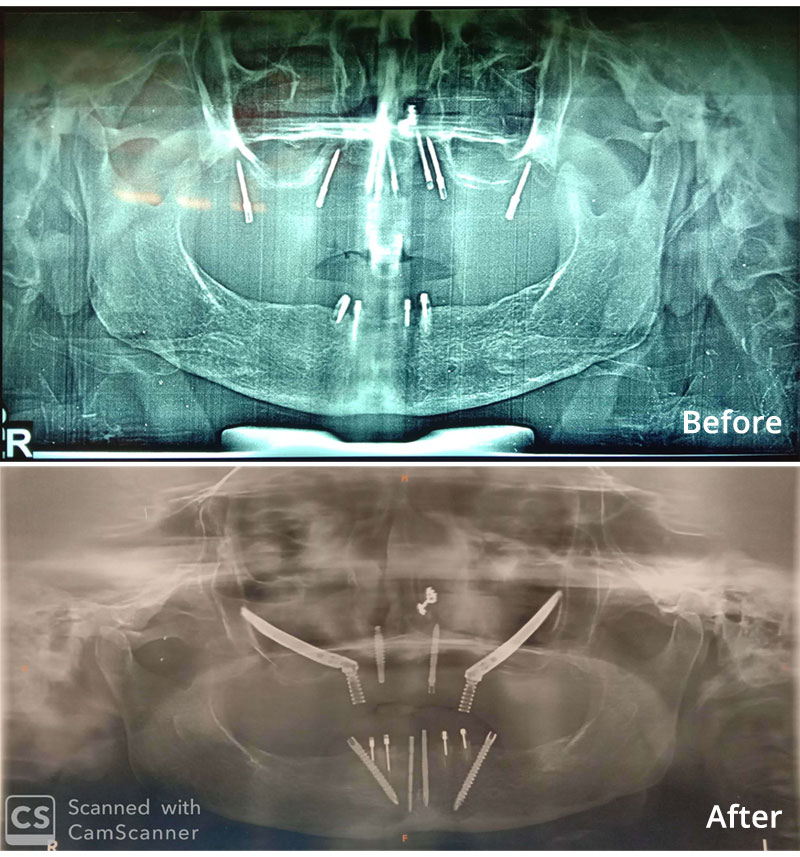
Potential risks of zygomatic implants
As with any surgical procedure, there are potential risks involved with zygomatic implants. These include infection, bleeding, allergic reaction to the implant material. Breakage of the implant, damage to nearby tissues (such as nerves or muscles), and difficulties with healing. As we mentioned above, the FDA has not approved any zygomatic implants for use on the face. In fact, it’s illegal to use unapproved medical devices in the U.S. But some surgeons continue to use these implants, despite the FDA’s warning about their unproven safety and effectiveness.
Final words
Zygomatic implants can be an effective means of restoring form and function to damaged or deficient areas. However, there are risks involved with any surgical procedure, and those risks are not always easily predicted or avoided. They are a type of facial prosthetic that attaches to the cheekbone, also known as the malar bone. These devices come in a wide range of sizes and shapes. And they’re used in a variety of cosmetic enhancement procedures.
They’re especially common among people who have undergone nose surgery. Or those who may be at risk for developing cancerous tumors on their nose and cheekbones. It can be an effective means of restoring form and function to damaged or deficient areas. However, there are risks involved with any surgical procedure.


